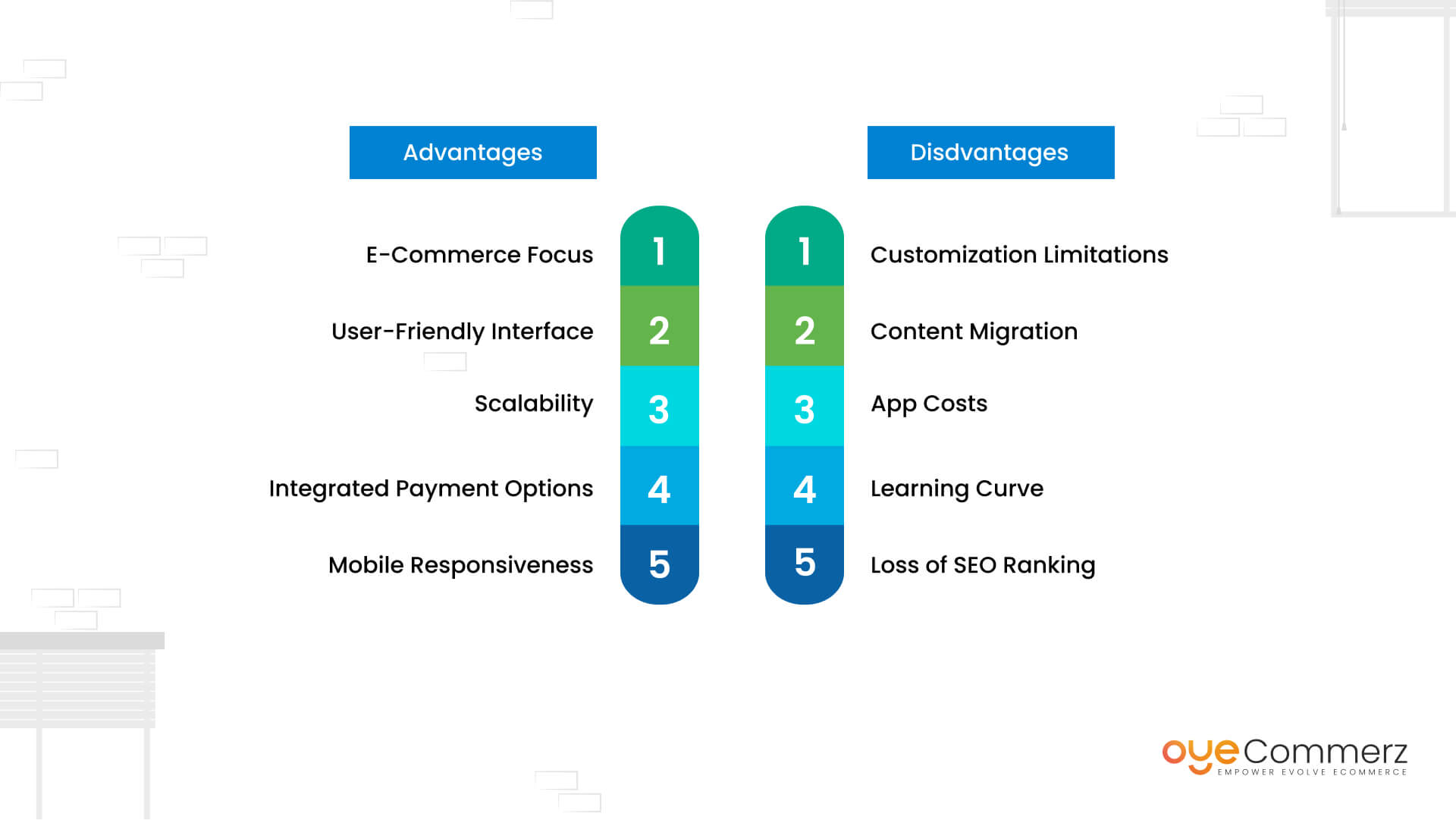Shifting from WordPress to Shopify marks an promising step toward streamlining your e-commerce operations. As companies grow, selecting a platform that supports growth potential, user experience, and flexibility becomes crucial. Shopify has emerged as a preferred choice for online merchants, providing unmatched adaptability, security, and user-friendliness. In this guide, we will delve into why this migration is a game-changer, discuss the advantages, and share actionable steps to ensure a smooth transition.
1. Why Migrate from WordPress to Shopify?
The combination of WordPress and WooCommerce, continues to support countless online stores. Nevertheless, as companies expand, issues like reliance on plugins, data risks, and technical complexities can hinder growth. Shopify, specifically created for e-commerce, eliminates these issues with an comprehensive, user-friendly solution. Statistics supports this transition—Shopify powers over 4.4 million stores globally, with a documented 10% increase in sales conversion rates for many businesses after migration.
2. Key Benefits of Shopify for E-commerce Success
Shopify’s robust ecosystem caters for expanding brands. Its standout features are:
- Seamless Customization: Shopify provides over 80 expertly crafted themes.
- Integrated Tools: Features like Shopify Payments and integrated SEO save time and effort.
- International Expansion: Multi-currency support and localization features enable businesses to reach global markets.
Additionally, Shopify boasts an availability percentage of 99.98%, guaranteeing your store remains accessible.
3. Getting Ready for Your WordPress-to-Shopify Transition
Prior to starting the migration process, evaluate your current store. Analyze inventory details, client information, and search engine rankings. Tools like Shopify’s Migration Kit or external tools can simplify this process. Create a comprehensive plan, making sure all assets—product descriptions, images, and articles—are optimized for transfer.
4. Data Migration: A Critical Step
Transferring your data is a cornerstone of a successful transition. When moving from WP to Shopify, prioritize:
- Product Information: SKU, descriptions, and categories.
- Customer Data: Emails, order history, and custom fields.
- Search Engine Considerations: Retain meta tags, URLs, Product data migration and forwarding paths to maintain search rankings.
Leverage tools such as LitExtension to facilitate seamless migration while minimizing errors.
5. Tailoring Your Shopify Store to Fit Your Brand
After the move, personalizing your Shopify store helps it aligns with your brand. Utilize Shopify’s drag-and-drop editor to create layouts with ease. Shopify's themes are optimized for all devices, providing a seamless UX across devices—a critical factor, given 74% of e-commerce traffic comes from mobile users.
6. Maintaining SEO During Migration
Search engine optimization is crucial for maintaining your visibility during migration. Shopify is highly optimized for search engines with organized link formatting, preloaded features, and smooth content management. Make sure you:
- Set up URL forwarding for old URLs.
- Enhance updated content with targeted phrases.
- Leverage plugins like Plug in SEO to track analytics post-migration.
7. Post-Migration Testing
After finishing the transfer, run detailed checks.
Check: - Page load times (Shopify boasts faster speeds compared to WP).
- Functionality of payment gateways and checkout processes.
- Mobile responsiveness.
Testing guarantees your store delivers a seamless shopping journey from day one.
8. Case Study of a Successful Migration
An example of effective platform switching is Gymshark, a fitness apparel brand that transitioned to Shopify. Post-migration, the company saw a 60% boost in mobile sales and significantly lowered site downtime. This highlights the capabilities of Shopify in driving e-commerce growth.
9. Challenges and Solutions
Migration comes with challenges, such as information accuracy and adjusting tailored features. However, Shopify’s extensive assistance and third-party experts make overcoming these hurdles manageable. Partnering with qualified Shopify developers helps guarantee a trouble-free transition.
10. Making the Switch: The First Step Toward Success
Migrating from WP to Shopify represents a forward-thinking decision to online retail. By focusing on growth, streamlining operations, and improving buyer satisfaction, Shopify enables companies to thrive in challenging industries.
Conclusion
Transitioning from WordPress to Shopify is a strategic move that can greatly enhance your e-commerce success. With a robust migration Shopify cart migration plan, the appropriate resources, and expert support, you can unlock new success milestones.
Excited to start the journey? Reach out today to learn how our Shopify migration services can transform your online store. Get in touch today, or consider: Is it time to seize Shopify’s advantages for your store?
